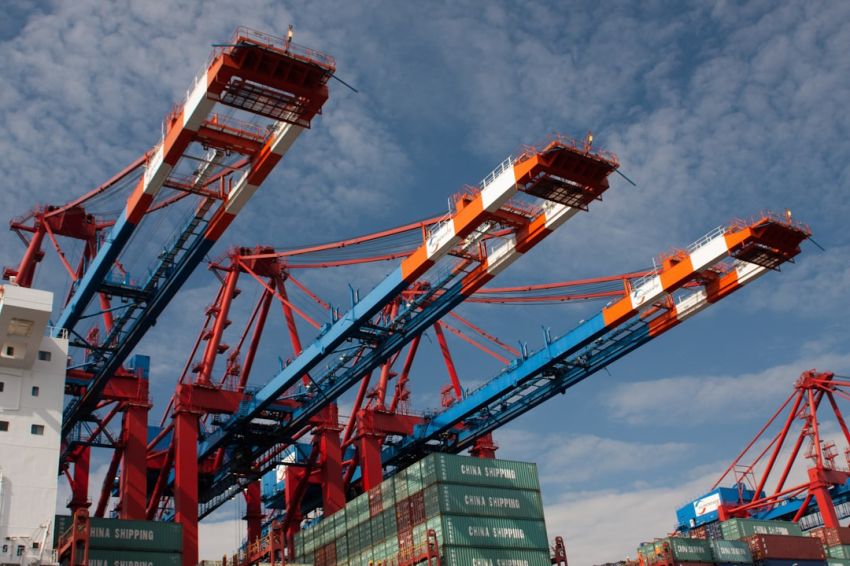In the dynamic landscape of international trade, exchange rates play a crucial role in shaping economic activities among countries. The constantly fluctuating values of currencies have a profound impact on trade relationships and patterns worldwide. Understanding how exchange rates influence trade is essential for businesses, policymakers, and individuals looking to navigate the complexities of the global marketplace.
The Basics of Exchange Rates and Trade
At its core, an exchange rate is the value of one currency in terms of another. For example, if the exchange rate between the US dollar and the euro is 1:1.2, it means that one US dollar is equivalent to 1.2 euros. Exchange rates are determined by a variety of factors, including interest rates, inflation, political stability, and market speculation.
Exchange rates influence trade in several ways, affecting the competitiveness of exports and imports, the profitability of businesses engaged in international trade, and ultimately the balance of trade between countries. Fluctuations in exchange rates can have both positive and negative impacts on trade, depending on the direction and magnitude of the change.
Competitiveness of Exports
One of the primary ways in which exchange rates influence trade is by affecting the competitiveness of exports. When a country’s currency depreciates relative to its trading partners, its exports become cheaper for foreign buyers. This can lead to an increase in export volumes as foreign buyers take advantage of the lower prices. On the other hand, if a country’s currency appreciates, its exports become more expensive for foreign buyers, potentially leading to a decrease in export volumes.
For example, if the Japanese yen depreciates against the US dollar, Japanese cars become more affordable for American consumers, leading to an increase in car exports from Japan to the US. Conversely, if the Japanese yen appreciates, Japanese cars become more expensive for American consumers, which could result in a decline in car exports.
Profitability of Businesses
Exchange rates also impact the profitability of businesses engaged in international trade. Fluctuations in exchange rates can affect the costs of production, pricing strategies, and profit margins of businesses that rely on imported inputs or export their products to foreign markets. For businesses that import raw materials or components, a depreciation of the domestic currency can increase the cost of imports, squeezing profit margins. Conversely, an appreciation of the domestic currency can lower the cost of imports, potentially boosting profitability.
Similarly, for businesses that export their products, exchange rate fluctuations can impact the competitiveness of their goods in foreign markets. A depreciation of the domestic currency can make exports more competitive by lowering prices for foreign buyers. However, if the domestic currency appreciates, exports may become less competitive as prices rise for foreign buyers.
Balance of Trade
The balance of trade, which reflects the difference between a country’s exports and imports, is also influenced by exchange rates. A depreciation of the domestic currency can lead to an improvement in the balance of trade by making exports more competitive and imports more expensive. This can help reduce trade deficits and support economic growth. Conversely, an appreciation of the domestic currency can worsen the balance of trade by making exports less competitive and imports more affordable, potentially leading to trade deficits.
For example, if the Chinese yuan depreciates against the US dollar, Chinese exports become cheaper for American consumers, leading to an increase in Chinese exports to the US. This can help reduce the trade deficit between China and the US. On the other hand, if the Chinese yuan appreciates, Chinese exports become more expensive for American consumers, which could widen the trade deficit.
Navigating Exchange Rate Volatility
In conclusion, exchange rates play a significant role in shaping international trade dynamics. Understanding how exchange rates influence trade is essential for businesses, policymakers, and individuals looking to navigate the complexities of the global marketplace. By monitoring exchange rate movements, assessing their impact on competitiveness and profitability, and adapting strategies accordingly, stakeholders can better position themselves in the ever-evolving landscape of international trade.










